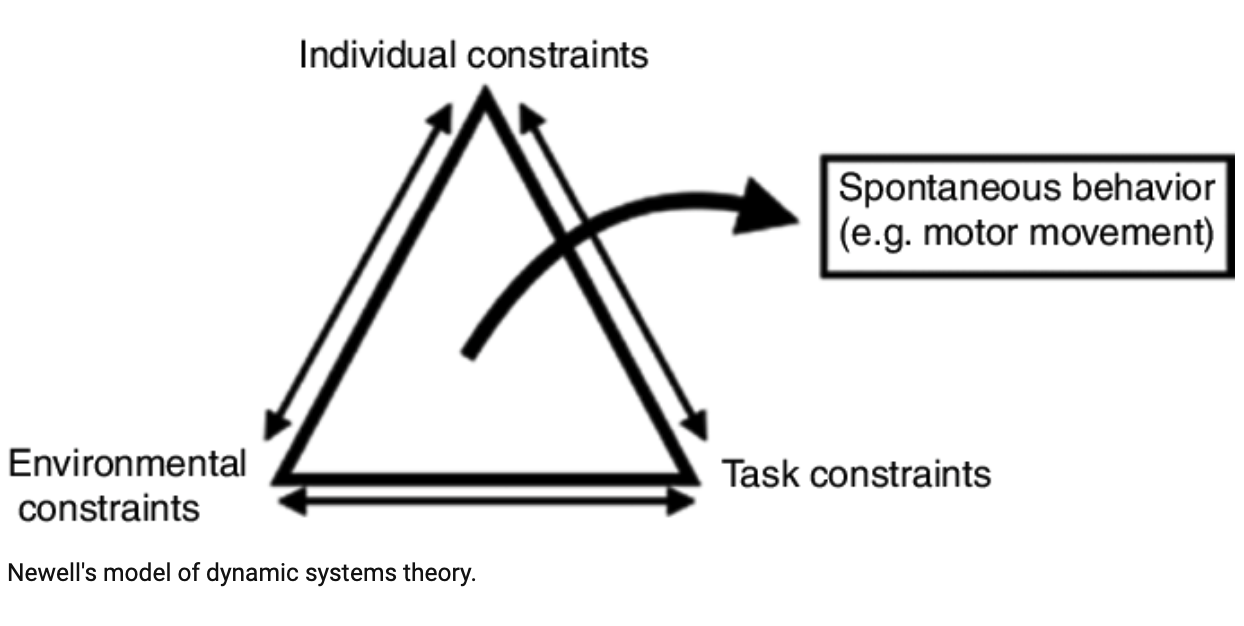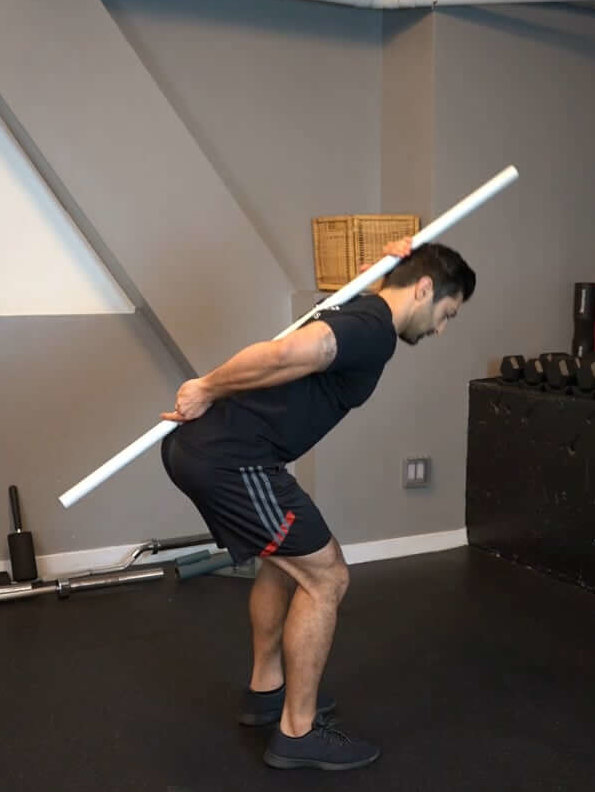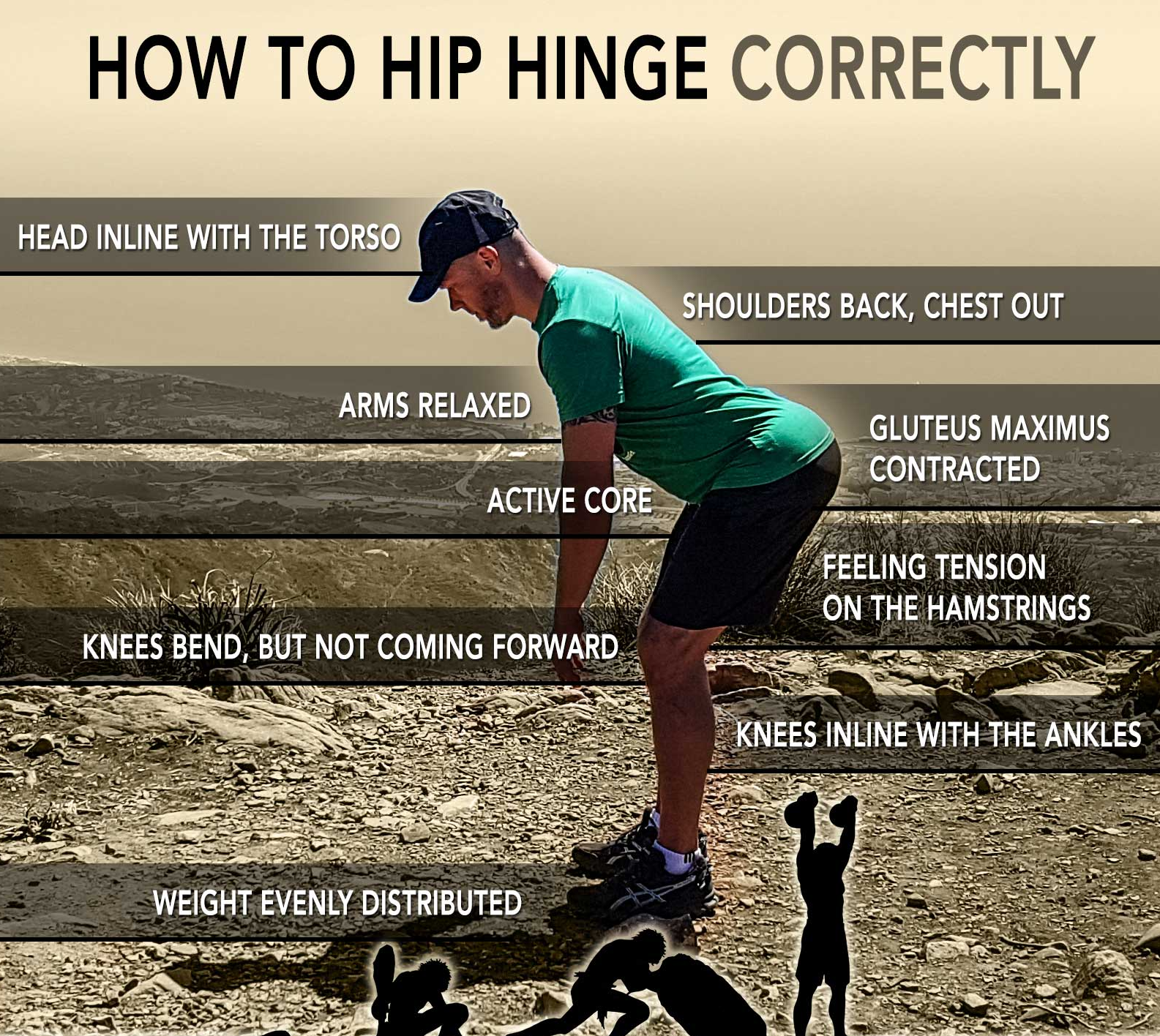
Post-rehabilitation (PR) clients require diligent and scrupulous program design. Extensive weakness and deconditioning are common traits among the aforementioned populace. PR clients are often seeing a medical professional, or have been recently discharged. Their injuries are usually resolved, but they are often not ready for the rigors of daily activity or work related tasks. Thus, margin of error is small and risk of re-injury is high, requiring approaches imbedded in pragmatic and sound theoretical frameworks. I would like to explore the utility of the dynamic systems theory, its constituents, and its application in teaching skills in a safe and efficient manner to PR clients.
Skill acquisition requires time, problem solving, and refinement of movement. In the case of an injured client, this process must be accompanied by a method that reduces the exposure to undesirable movement patterns which may exacerbate injured regions. Most PR clients have little-to-no prior exercise experience, making this requirement exceedingly pertinent in my practice. Movements must be gentle, concise, and yet progressive in nature to yield improvements in mobility, stability, and strength over time.
Injured clients must learn fundamental movements that are used in work and daily activity such as pushing, pulling, lifting and squatting. However, complex exercise involves controlling the joints of the body in a coordinated and harmonious fashion. Magill (2011) refers to this as the degrees of freedom problem. Often, novices will become “stiff” and lock out many joints when they are initially exposed to novel exercises, often leading to undesirable muscle spasms in PR clients. Magill (2011) explains this as an attempt to control the new movement, though in an inefficient manner. Understanding dynamic systems theory and its constituents can help develop a teaching and training approach that minimizes risk of flare-ups and re-injury to PR clientele.

Dynamic systems theory posits that new movements can arise suddenly and abruptly over time. It also states that novel movements are governed by constraints, self-organization, patterns, and stability (Clark, 1995). In combination, these factors “steer” the development and refinement of movement and skills over time. Constraints set the boundaries for the system (Clark, 1995). Like a funnel guiding water, it provides structure and organizational flow to the movement pattern. Constraints are further broken down into the person, environment, and task. These factors are important to acknowledge when working with the PR client, because they can either facilitate or inhibit movement and skill development.
Recognition of the problem becomes the first step in solving movement impairments. For example, personal constraints are those such as personality, cognitive state, emotional state, as well as physical attributes like height, weight and body shape (Clark, 1995). If, for example, a PR client is hesitant to learn a hip hinge (i.e., deadlift) it may not be because of a lack of hip range (i.e., physical constraint). The client’s fear of re-injury (i.e., personal constraint) may be inhibiting their full participation in the movement pattern. In this case reassurance from me, and perhaps smaller progressions into the deadlift, may allow a “safer” approach for clients eliciting greater compliance and learning opportunities.

In the PR environment, the task is another form of constraint used frequently to shape movement. Using the plank as an example, this movement is designed to improve the stability of the anterior core in the sagittal plane. Proper set-up for this exercise includes depressed and retracted shoulders, followed by a long body and neutral spine in a prone position. Clients may find this movement overbearing initially. A regression, such as using elevation from the floor to decrease the moment-arm length, is one form of constraint to help develop better movement quality. Another task constraint would be the placement of a broom handle along the sacrum and thoracic spine. This would provide feedback as to the neutrality of the back in the context of a plank, allowing adjustments and improvements to be made while minimizing exposure of the spine to excessive extension or flexion.
Self-organization is another component of the dynamic systems theory. This concept can be seen as the consequence, or product of, constraints (Clark, 1995). The body has a tendency to operate in preferred movement patterns, known as stable states or attractors. The challenge for my PR clients arises when the attractor states are movement patterns or postures that are aberrant in nature. This can be seen in clients who move into spinal flexion when lifting objects off of the floor. McGill (2007) stated that clients who are flexion-intolerant with low-back pain should not round or twist their lower spines when lifting. If I have clients with flexion-intolerant low-back pain, I have to be aware of their attractor states. I must be aware of them because they may slip into these attractor states with little advanced warning when coaching a proper spinal position.

Knowing attractors that can cause pain substantiates the use of constraints (i.e., broom handle against the back to teach neutral spine) immediately upon training, in order to avoid flare-ups or re-injury. As the old attractor state becomes increasingly interrupted and unstable, the client generally moves into a new pattern of movement (i.e., a proper deadlift pattern with a neutral spine). This change is known as a phase transition, which marks the emergence of a new attractor state (Magill, 2011). It should be noted, however, that phase transitions and new attractor states only occur when the imposed constraints provide adequate perturbation and variability (Magill, 2011).
If I fail to ensure appropriate placement of constraints upon the client and provide inadequate augmented feedback, I will not create enough variability in their old attractor states to elicit a permanent change. However, if proper constraints and coaching are applied, a new pattern will self-organize and emerge. A constraint that successfully creates a new attractor state is known as a control parameter (Clark, 1995). As the client becomes increasingly comfortable in the new attractor state, constraints (i.e., broom handle along the spine for the deadlift) are slowly removed. Appropriately placed augmented feedback would also be used at this point. However, the client would be encouraged to continue engaging in the problem-solving process as much as possible, as this typically marks the point at which the client will be training on an independent basis in my programs.
In conclusion, post-rehabilitation clients require program design that ensures smooth transitions from simple to complex exercise while minimizing re-injury. Dynamic systems theory, in conjunction with other theoretical approaches, can help identify, change, and improve dysfunctional movements and ultimately the quality of life for my clientele.
References
Clark, J. E. (1995). On becoming skillful: Patterns and constraints. Research Quarterly for Exercise and Sport, 66(3), 173-183.
Magill, R. A. (2011). Motor learning and control: Concepts and applications (9th ed.). New York: McGraw-Hill.
McGill, S. (2007). Low back disorders: Evidence-based prevention and rehabilitation (2nd ed.). Windsor, ON: Human Kinetics.
-Michael McIsaac
